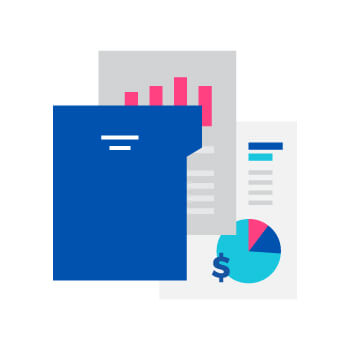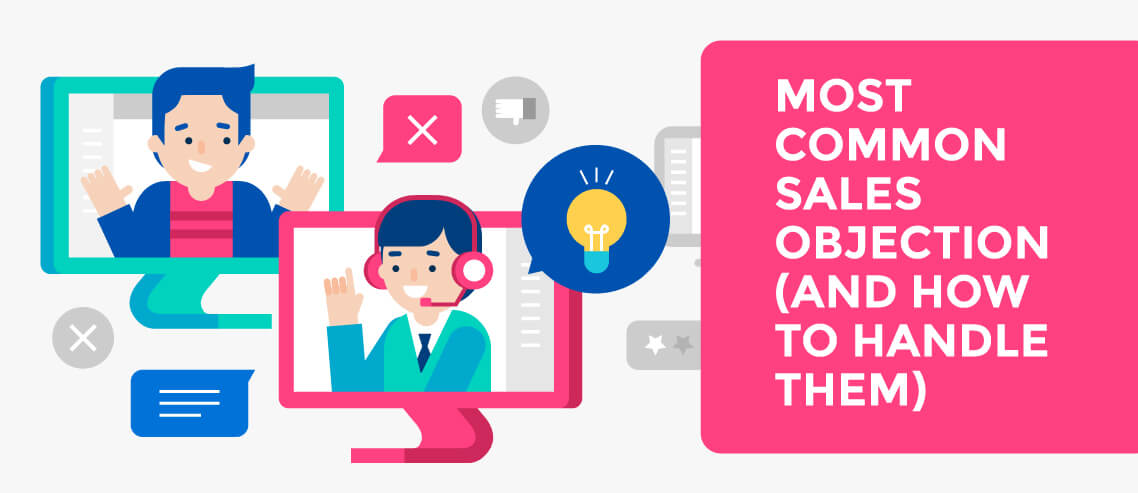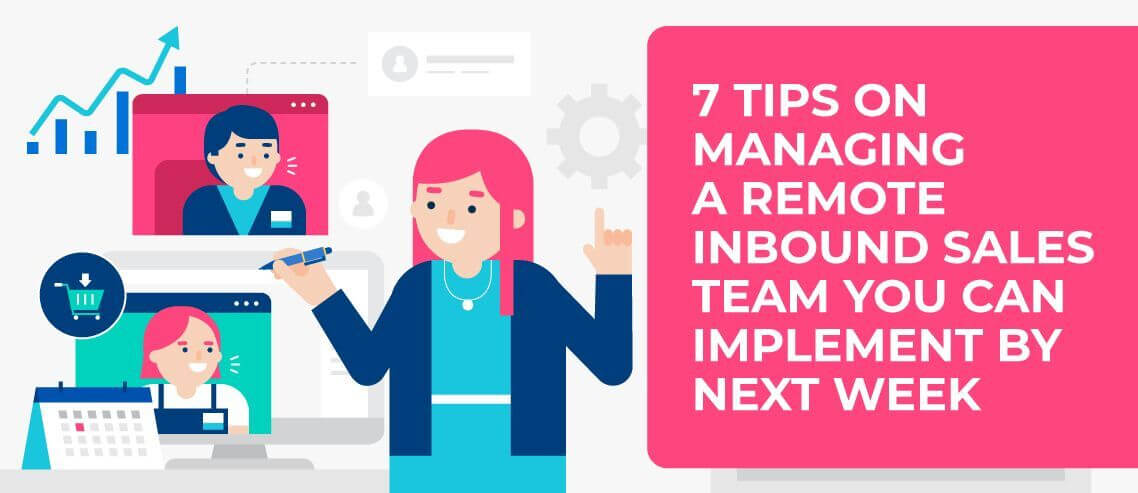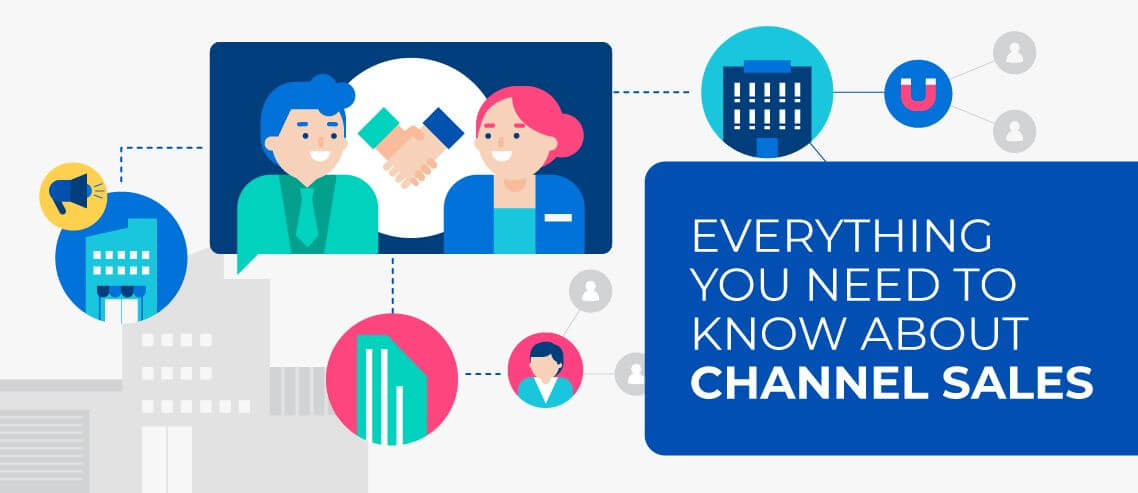7 ways to improve your sales pipeline to boost revenue

Contents
Have you ever found yourself staring at your sales pipeline and notice that it isn’t trending positively? It’s likely because you lack qualified leads, have a low close rate which slows the movement of deals from one stage to another. Because of this, your company loses a significant number of opportunities and doesn’t achieve their revenue goals.
So, how do you get out of this vicious cycle and finally hit and exceed your targets?
First, realize that you are not alone. According to CSO Insights, in 2017, only 53% of sales reps hit quota. The way you manage your pipeline is crucial as you need to determine where the root of your problem lies and where you are losing the most money.
So, we’re giving you the 7 working solutions you need to optimize your pipeline management process and take your business to the next level.
Reduce your time devoted to admin tasks
The recent Pace Productivity Inc. report shows that salespeople spend more time (23% of their entire working day) on administrative tasks than actually selling (22%). This should never be the case. A sales rep should work hard to close deals and spend less time on admin tasks, order processing, collecting payments, etc.
We bet you’ve heard this advice a hundred times, but no one tells you HOW to address these tasks efficiently.
The best way to optimize non-sales activities is to automate them using specific tools. One option is PandaDoc, software that streamlines your document workflow to increase revenue. PandaDoc offers free templates (over 400 to be exact) to use with their proposal software. Their templates significantly reduce document creation time, down to minutes, so sales reps can spend their day on activities that really matter – selling.
Succeed at forecasting
If you neglect the forecasting process, you’re missing out on tons of opportunities. Forecasting is one of the pillars of pipeline management — it’s almost impossible to come up with the right outcome without seeing the anticipated challenges and possibilities. To have constant control over your sales pipeline, you should have considerable control over future events.
Simplify task management with a CRM. My personal fave is Copper as it syncs with Gmail to make every part of selling easier. This feature-rich CRM allows you to compare expected sales with actual sales and track the number of forecasted opportunities for a designated time frame.
Find an individual approach to each customer
Even though your customers have similar needs, their buying behavior remains different. Some prospects will easily buy “in one click”, coasting through each pipeline stage. Yes, those leads are appealing to some salespeople, but what if you’re dealing with the opposite of your desired customer?
Some prospects require only a call, others –– up to several meetings. You don’t know how many times you will discuss an offer or which stage will be the hardest for your prospect. This must be taken into consideration while speaking with each customer.
Therefore, make a plan. Establish a process for getting your ideal customer profile to purchase. This may take some practice and trying different cadences but the exercise is worth it in the long run.
Shorten your sales cycle
Some customers and prospects will drag out the buying process and prevent you from ever closing them. But why? Where is the gap in your sales pipeline? Here are some possibilities:
- At the qualification stage when you start suspecting that some of your qualified prospects won’t consider your offer. The best advice is to disqualify them immediately rather than waste time on those who will never buy.
- At the meeting stage when your prospect is waiting for you contact him/her and designate a call or a meeting. Arrange the next meeting (call) immediately at the end of the previous one to prevent this.
- At any stage when a customer is confused about the next steps. This can be resolved by providing him or her with expectations of the whole process at the very beginning of your conversations.
You can also use your CRM since most have key features to aid in managing the sales cycle.
Keep sales data together
A business owner can hire three sales reps or fire all of them at the same time. That’s a reference to the possibility of data fragmentation; two salespeople may have one way of sharing information and the one who was fired may have another, which could possibly lead to missing or unclear details on a prospect record in your CRM.
Data is vital when it comes to establishing strong relationships with customers, so you can’t lose momentum under any circumstances. A great solution to keep all important information together is cloud storage. These services can be integrated with CRMs too.
This is where a CRM comes in again. They offer vast opportunities for seamless transfer of data, customer lists, and properly tracking deals. Moreover, HubSpot CRM, the one I mentioned before, integrates with PandaDoc and will come in handy if you need to standardize your sales documents and keep them in one place.
Quickly move your prospect further down the pipe
Don’t delay, assess your open opportunities as quickly as possible. There are always a group of prospects who are “ready to buy” right now. They are your highest priority — make them purchase.
The second group is prospects are “almost customers.” The third — leads who have just entered your sales pipeline. You need to move them all to the next stage as quickly as possible. Use every chance today, or they’ll be gone tomorrow.
What will help win each opportunity? Use the contact feature of your CRM to organize your contact info and get detailed insights on every lead.
In conclusion…
Find your win ratio
Some battles might be lost, but the war should be won. To win the war in pipeline management, you should keep the bar high by maintaining a strong win ratio. It is equally important to know why you lost those battles.
The secret to controlling your win ratio is the constant monitoring of your sales process and precise forecasting.
Befriend a CRM
In the end, by applying even a couple of our tips and using the recommended software, you will speed up your sales process, establish better two-way communication with your prospects, and increase revenue. If this sounds like a win-win for you, we’d love to hear how you put our advice into practice and the results you achieved.





